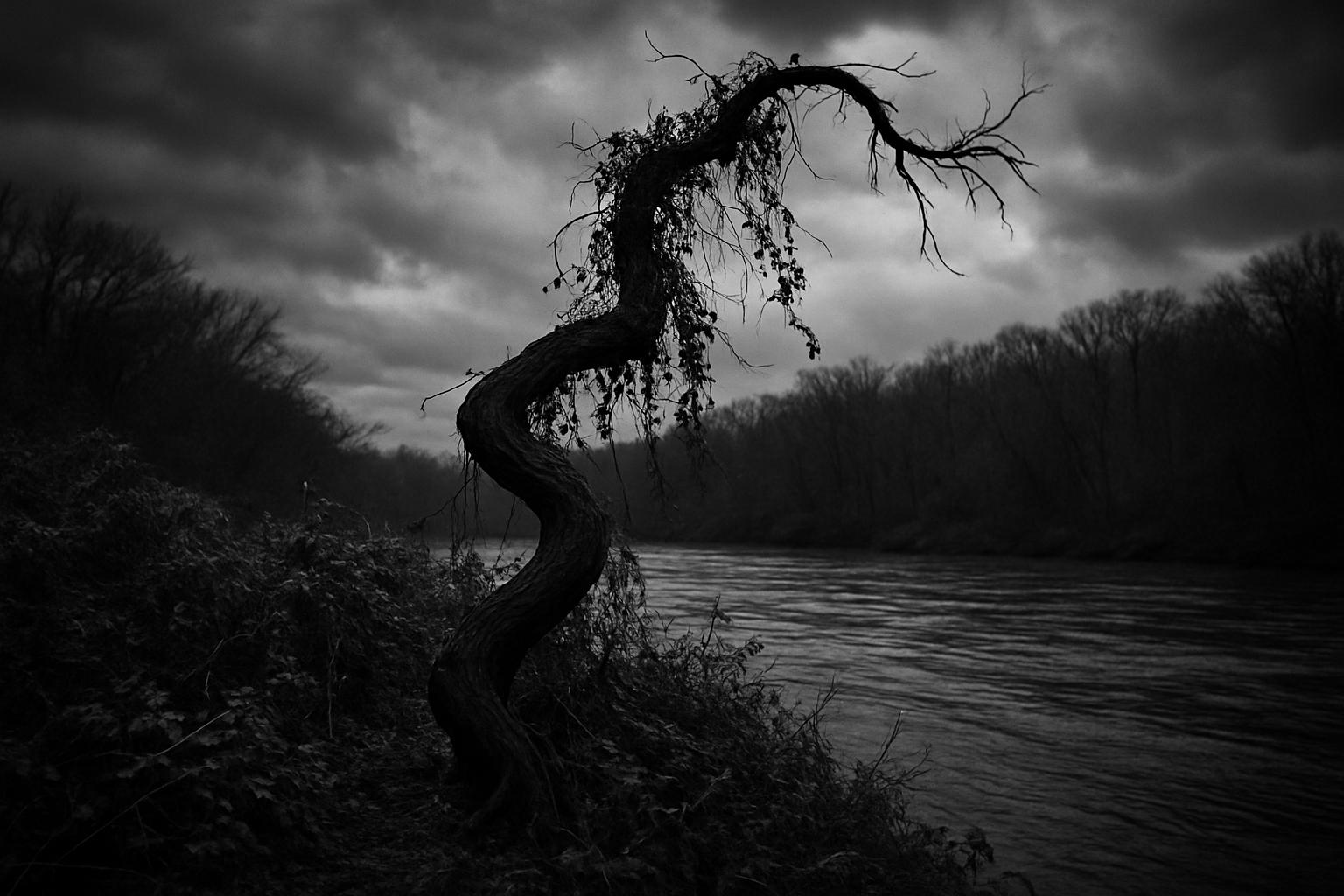A vast infestation of Japanese knotweed stretching along a three-mile section of the River Roding in East London is raising serious concerns about the ecological damage and financial impact on adjacent properties. The invasive plant, described by the Environment Agency as "indisputably the UK's most aggressive, destructive and invasive plant," has taken over extensive areas of riverbank scrubland, threatening not only biodiversity but also the value and insurability of nearby homes.
Locals and environmental volunteers report that the knotweed has intertwined with native reed beds and spread unchecked along the river, creating what has been dubbed a "knotweed jungle." Paul Powlesland, a river guardian at the River Roding Trust and barrister with Lawyers for Nature, described the situation as an ecological crisis. "There are acres that should be full of reed beds, rich nettle and plants but the only thing alive is knotweed," he told the Daily Mail. He warned that the weed’s proximity to residential properties could render these homes unmortgageable and lead to remediation costs running into millions of pounds.
Japanese knotweed spreads via resilient underground rhizomes, which can extend up to seven metres and penetrate through walls and concrete, causing structural damage believed to affect nearly a million UK homes. This ability to invade hard surfaces explains why properties near the infestation risk significant devaluation and costly repairs. Industry experts estimate the plant’s presence can reduce property values by between 5% and 20%, with the severity depending on factors such as proximity to buildings and extent of infestation.
The plant’s spread along riverbanks creates what environmentalists call "dead space," choking out native species that sustain biodiversity, such as reeds that absorb carbon, filter sewage, and provide habitats for birds and insects. The rapid expansion of knotweed threatens this delicate balance and raises concerns about wider environmental degradation. Additionally, its presence on vital infrastructure, including Network Rail tracks and Transport for London land surrounding the river, poses further economic risks.
Efforts to control the infestation face significant hurdles. Volunteers from the charity Protect Earth are currently using glyphosate herbicide to target the knotweed during its critical "spraying window" — between the time the plant flowers and the first frost — when herbicide treatment is most effective. However, this narrow timeframe limits treatment opportunities, and weather conditions such as rain can further delay the process. Phil Sturgeon, a volunteer, acknowledged the challenges: "We're doing as much as we can but we have to stop whenever it rains and we only have two weeks left."
Despite the urgency, there has been a notable lack of coordinated government action. Powlesland criticizes national agencies for their passive approach, warning that without intervention, knotweed will continue spreading unchecked across the country. "It's like watching a slow motion train crash and the government are just standing by," he said. There is a call for a comprehensive government strategy to map, contain, and eradicate invasive knotweed patches to prevent further damage.
Local residents expressed concern and frustration at the lack of awareness about the knotweed threat in their community. Many living near the river had never heard of the plant, despite its destructive potential and proximity to their homes. The economic burden and health of the local ecosystem hang in the balance as volunteers and environmentalists push for urgent action.
Legal obligations also compound the issue for property owners. Under the Wildlife and Countryside Act 1981, allowing Japanese knotweed to spread is an offence, exposing owners and land managers to potential fines or legal claims. Property valuations can suffer dramatically, not only due to structural risks and remediation costs but also because lenders often refuse mortgages on affected properties unless a professional treatment plan, backed by insurance, is in place. This can make selling or refinancing a property complex and costly.
The wider implications of knotweed infestations extend beyond property values. The plant’s aggressive growth displaces native flora, disrupts wildlife habitats, and alters river ecosystems. Its spread along waterways increases flood risks and hampers the movement of aquatic species. Conservation experts warn that the ecological damage could be extensive if the plant’s expansion is not curtailed swiftly.
Transport for London has acknowledged the issue, stating they are undertaking measures to control knotweed on their land, while Network Rail indicated willingness to investigate specific concerns. However, broader coordination and funding for treatment remain awaited from government bodies such as DEFRA and the Environment Agency.
In summary, the knotweed jungle along the River Roding represents not just an environmental menace but also a significant threat to local property markets and public infrastructure. The situation underscores the urgent need for comprehensive, well-funded action to manage and eradicate invasive species before more irreversible damage and economic costs accumulate.
📌 Reference Map:
- Paragraph 1 – [1], [5]
- Paragraph 2 – [1]
- Paragraph 3 – [1], [2], [3], [6], [7]
- Paragraph 4 – [1], [5]
- Paragraph 5 – [1]
- Paragraph 6 – [1], [5]
- Paragraph 7 – [1]
- Paragraph 8 – [1], [2], [3], [4], [6], [7]
- Paragraph 9 – [1], [5]
- Paragraph 10 – [1]
- Paragraph 11 – [1], [5]
Source: Noah Wire Services
